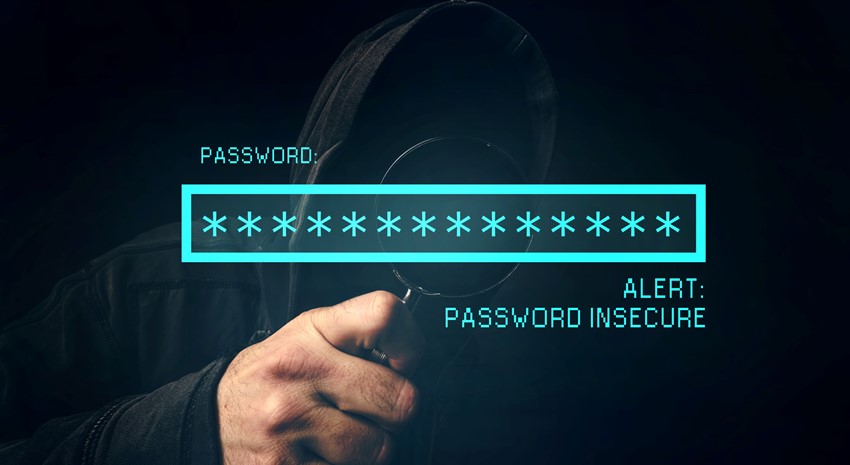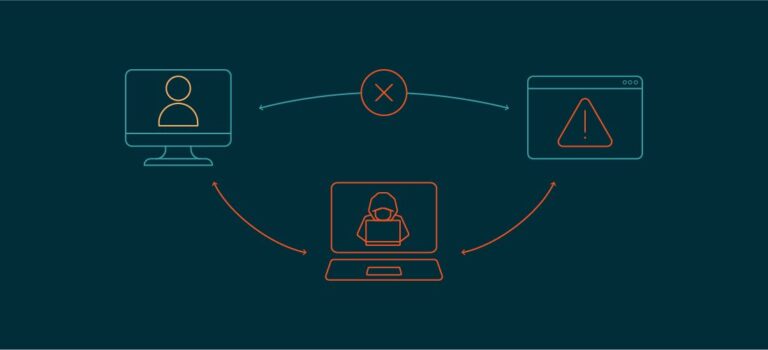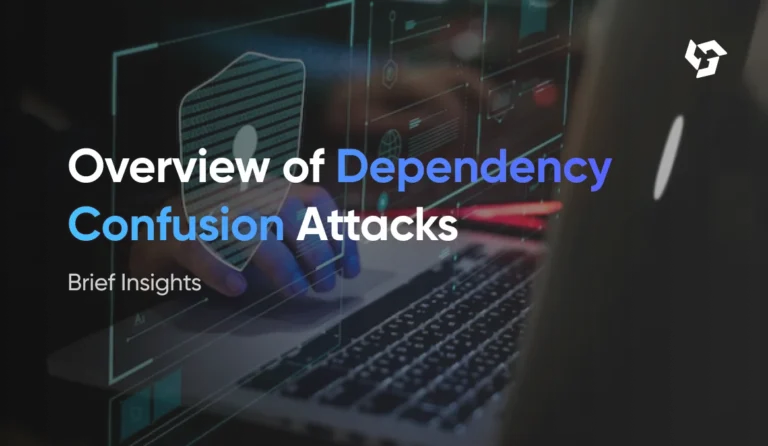Password Mismanagement: The Hidden Weak Link in Cybersecurity
Introduction
In the digital age, passwords are the keys to our most sensitive information: personal messages, financial accounts, medical records, and business operations. Yet despite their importance, password security remains one of the most commonly mismanaged aspects of online security. This blog dives into the widespread issue of password mismanagement, exploring its causes, consequences, and the best practices that both individuals and organizations can adopt to mitigate the risks.
The Role of Passwords in Cybersecurity
Passwords serve as a primary layer of defense in user authentication systems. They are often the first—and sometimes only—mechanism standing between an attacker and sensitive information. A strong, well-managed password can deter unauthorized access and thwart common attack vectors such as brute force and credential stuffing.
Common Mistakes in Password Management
Despite their significance, passwords are frequently mishandled in both personal and professional contexts. Some of the most common mistakes include:
1. Weak Passwords
People often choose simple, easily guessable passwords like “123456,” “password,” or their birth dates. These passwords are easy for attackers to crack using automated tools.
2. Password Reuse
Many users reuse the same password across multiple accounts. If one account is compromised, attackers can use the same credentials to gain access to other services.
3. Poor Storage Practices
Storing passwords in plain text or unsecured locations like spreadsheets or notepads is a major vulnerability. A breach or stolen device can expose all stored passwords.
4. Lack of Password Change Policies
Some systems never prompt users to change their passwords or allow perpetual use of old credentials, increasing the risk of compromise.
5. No Multi-Factor Authentication (MFA)
Failing to implement MFA adds a single point of failure. Even if a password is stolen, MFA can provide an extra layer of security.
Consequences of Password Mismanagement
Password mismanagement can lead to severe consequences, including:
- Data breaches: Unauthorized access can result in stolen personal or corporate data.
- Identity theft: Attackers can impersonate users to commit fraud or other malicious activities.
- Financial loss: Businesses may face fines, legal action, and loss of consumer trust.
- Reputational damage: A security incident can erode customer confidence and tarnish a brand.
Case Studies of Password Mismanagement
LinkedIn (2012)
LinkedIn suffered a breach that exposed over 117 million usernames and passwords, largely due to weak hashing algorithms and lack of salting.
Adobe (2013)
Adobe’s breach affected over 150 million users. The passwords were encrypted but not salted, and many reused the same weak passwords across services.
Twitter (2018)
Twitter discovered that passwords were stored in plaintext in an internal log—potentially accessible to anyone inside the company.
Best Practices for Users
To protect against password-related threats, users should follow these guidelines:
1. Use Strong, Unique Passwords
A strong password typically includes upper and lower-case letters, numbers, and special characters. Avoid dictionary words or personal information.
2. Use a Password Manager
Password managers can generate, store, and autofill secure passwords. They also prevent reuse across multiple sites.
3. Enable MFA Wherever Possible
Multi-factor authentication significantly increases account security, even if the password is compromised.
4. Regularly Update Passwords
Periodically changing passwords can help limit the damage if a breach goes unnoticed.
5. Monitor for Breaches
Use tools like “Have I Been Pwned” to check if your credentials have been exposed in a breach.
Best Practices for Organizations
Organizations bear a greater responsibility when managing user authentication systems. Key practices include:
1. Enforce Password Complexity Requirements
Set rules that require complex passwords and prevent the use of commonly breached passwords.
2. Store Passwords Securely
Use secure hashing algorithms like bcrypt or Argon2 with unique salts for each password.
3. Implement MFA
Require MFA for sensitive systems and administrative access.
4. Educate Employees
Regular training on password best practices and phishing awareness can reduce human error.
5. Monitor and Audit
Continuously monitor for suspicious login attempts and audit password storage and management systems.
Future of Authentication
Passwordless authentication methods are gaining traction. Technologies such as biometrics, magic links, and hardware tokens like YubiKeys are being adopted to reduce reliance on passwords.
1. FIDO2 and WebAuthn
These standards support passwordless authentication through cryptographic keys, offering a more secure and user-friendly experience.
2. Behavioral Biometrics
Analyzing how users interact with devices (e.g., typing speed, mouse movements) adds another security layer without compromising usability.
Conclusion
Password mismanagement is a widespread problem with significant security implications. However, through awareness, training, and adoption of secure practices, individuals and organizations can drastically reduce their risk. While the future may lean toward passwordless systems, proper password management remains a cornerstone of cybersecurity today.
References
- OWASP Authentication Cheat Sheet
- NIST Special Publication 800-63B
- “Have I Been Pwned” – https://haveibeenpwned.com/
- FIDO Alliance – https://fidoalliance.org/






